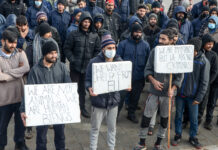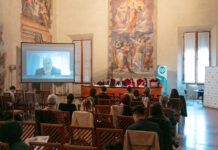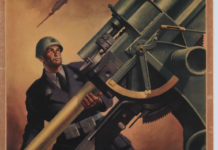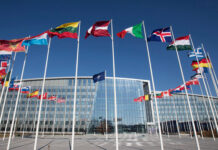On October 11, 2023, an earthquake with a magnitude of 6.3 struck an area east of Herat, not far from the Zinda Jan district, where another devastating earthquake occurred on October 7. According to local sources, the October 7 earthquake had already killed at least 2,400 people and injured over 2,000. In the first days after the event, the United Nations World Food Programme (WFP) provided assistance to 20,000 people. The Kabul government launched a public subscription to help those who lost family members, homes, and livestock. The humanitarian effort, already struggling in a nation affected by international sanctions and where Western funding has halted, now faces an additional challenge. Meanwhile, as early as 2018, during the NATO military occupation, 54% of the population was living below the poverty line.
According to the WFP, out of a population of 41 million Afghans, over 15 million (more than a third) suffer from “acute food insecurity,” and nearly 3 million are in a state of “emergency food insecurity.” This means that almost half of Afghans do not have enough food, and some are at risk of starvation. Afghanistan faces challenges due to isolation, the obscurantism of a regime enforcing strict Sharia law, prohibiting women’s education and employment, and suppressing press freedom.
The international community has not found a unanimous solution to the dilemma of whether or not to engage with the Taliban, who returned to power on August 15, 2021. After Kabul fell to the Taliban and the early completion of the U.S. troop withdrawal decided by the 2020 Doha Agreement, the U.S. and its allies evacuated over 120,000 people from Kabul’s Hamid Karzai International Airport between August 14 and 31. In early September, the Taliban, despite promises of an inclusive government, appointed the new leadership led by Mohammad Hasan Akhund, a close associate of the group’s late founder, Mullah Omar.
The country plunged into an unprecedented economic crisis due to a lack of funds and circulating currency, exacerbated by the freezing of about $9 billion of the Afghan Central Bank’s assets in the U.S. and European banks. The U.S. decided to unfreeze $3.5 billion out of $7 billion and established a fund to ensure the money doesn’t go directly to the Taliban. However, as of October 2023, the “unfrozen” funds have remained stagnant.
Complicated relations, particularly with Pakistan, add to the challenges. Pakistan, once a friend of the Taliban, is now at odds with Kabul, accused of harboring sanctuaries for Tehreek-e-Taliban Pakistan (TTP), a jihadist group fighting the Pakistani government. China supports the new Taliban regime but emphasizes the need to address anti-Chinese jihadist groups using Afghanistan as a base. Besides dormant al-Qaeda cells, there is also the active presence of the Islamic State in the Khorasan Province (ISIS-K) in Afghanistan, Pakistan, Tajikistan, and Uzbekistan.


















